Aditi Iyer
Kernel Wasserstein Distance
May 22, 2019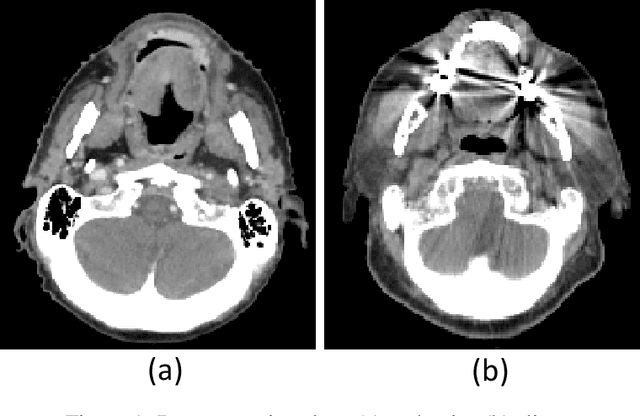
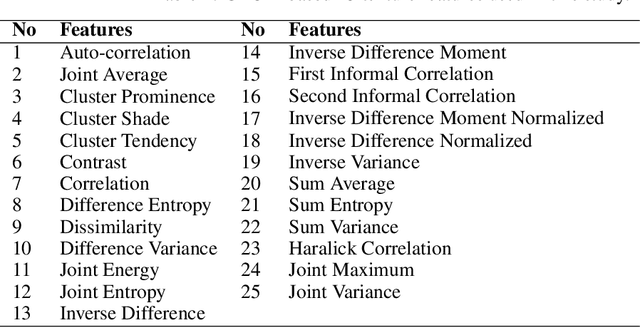
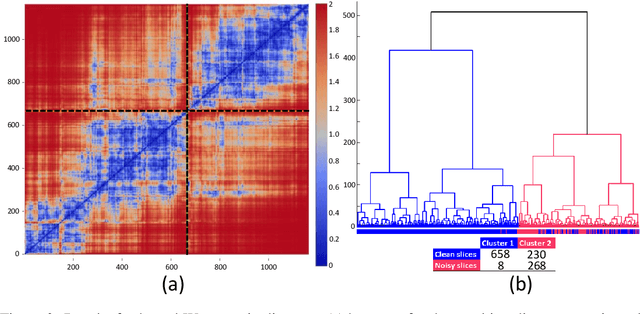
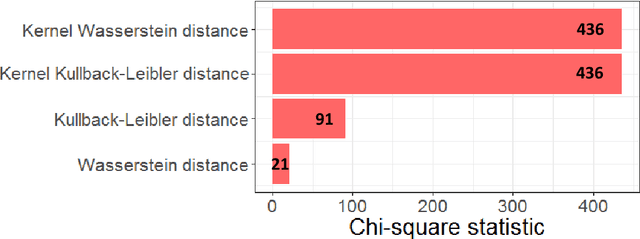
Abstract:The Wasserstein distance is a powerful metric based on the theory of optimal transport. It gives a natural measure of the distance between two distributions with a wide range of applications. In contrast to a number of the common divergences on distributions such as Kullback-Leibler or Jensen-Shannon, it is (weakly) continuous, and thus ideal for analyzing corrupted data. To date, however, no kernel methods for dealing with nonlinear data have been proposed via the Wasserstein distance. In this work, we develop a novel method to compute the L2-Wasserstein distance in a kernel space implemented using the kernel trick. The latter is a general method in machine learning employed to handle data in a nonlinear manner. We evaluate the proposed approach in identifying computerized tomography (CT) slices with dental artifacts in head and neck cancer, performing unsupervised hierarchical clustering on the resulting Wasserstein distance matrix that is computed on imaging texture features extracted from each CT slice. Our experiments show that the kernel approach outperforms classical non-kernel approaches in identifying CT slices with artifacts.
Group-Representative Functional Network Estimation from Multi-Subject fMRI Data via MRF-based Image Segmentation
Aug 29, 2018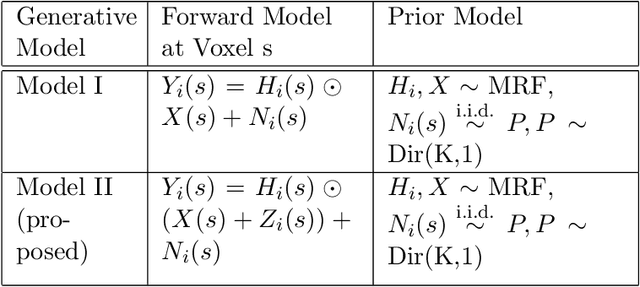


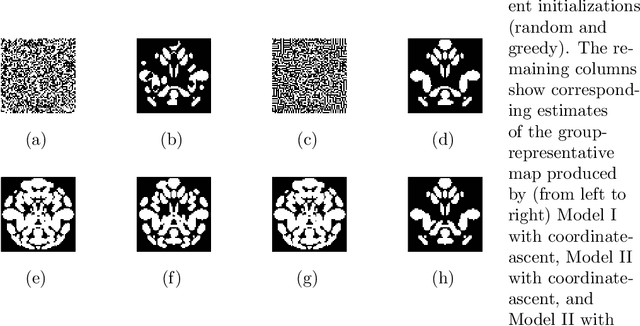
Abstract:We propose a novel two-phase approach to functional network estimation of multi-subject functional Magnetic Resonance Imaging (fMRI) data, which applies model-based image segmentation to determine a group-representative connectivity map. In our approach, we first improve clustering-based Independent Component Analysis (ICA) to generate maps of components occurring consistently across subjects, and then estimate the group-representative map through MAP-MRF (Maximum a priori - Markov random field) labeling. For the latter, we provide a novel and efficient variational Bayes algorithm. We study the performance of the proposed method using synthesized data following a theoretical model, and demonstrate its viability in blind extraction of group-representative functional networks using simulated fMRI data. We anticipate the proposed method will be applied in identifying common neuronal characteristics in a population, and could be further extended to real-world clinical diagnosis.
 Add to Chrome
Add to Chrome Add to Firefox
Add to Firefox Add to Edge
Add to Edge